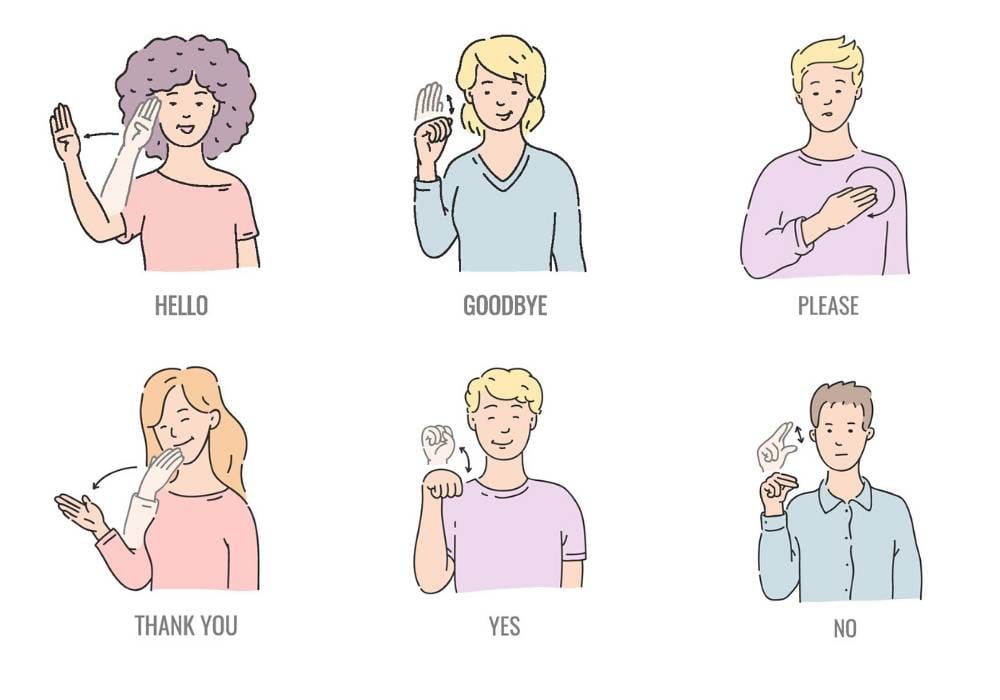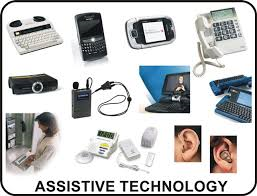
Career Pathway Connections
Employment Services for the deaf and hard of hearing.
 Partnering with The Division of Vocational Rehabilitation, our Career Pathways Connections program provides person-centered employment opportunities for the Deaf, Deaf-Blind, and hard-of-hearing community in New Jersey. Our program is run by staff who are proficient in American Sign Language and knowledgeable about Deaf Culture to provide the best support for individuals entering the workforce and obtaining employment. We are experienced in identifying workplace accommodations, trained in assistive technologies, and are ready to provide qualified individuals with technology to break down barriers for employment.
Partnering with The Division of Vocational Rehabilitation, our Career Pathways Connections program provides person-centered employment opportunities for the Deaf, Deaf-Blind, and hard-of-hearing community in New Jersey. Our program is run by staff who are proficient in American Sign Language and knowledgeable about Deaf Culture to provide the best support for individuals entering the workforce and obtaining employment. We are experienced in identifying workplace accommodations, trained in assistive technologies, and are ready to provide qualified individuals with technology to break down barriers for employment.
*Admissions to the program are based on referrals from DVR. A DVR referral is require to participate in our programs. Call your local office (VP available) for more information on how to open a case with a counselor. Or, you can visit their website for admission and contact information
Division of Vocational Rehabilitation: https://www.nj.gov/labor/career-services/special-services/individuals-with-disabilities/
Our services include an individualized plan with consumer input that helps define vocational goals and supports or services necessary to meet career goals.
Are you looking for assistance in determining your skills abilities and potential to design a career path?
- Vocational Assessments: Our Vocational Assessment Specialist are experts in administering various testing, tools, and assessments to help you determine your career path. Whether it is continuing education, or entry into the workforce, their recommendation report will help guide you and your vocational counselor into the right pathway for you.
Whether you are looking for additional vocational trainings, assistance with finding the right job match, or on the job training, our Employment Specialists will help you navigate our services:
- Job Readiness Training: A fully accessible curriculum with seminars and courses that teaches effective resume writing, interviewing techniques, job-development, follow-up skills, self-advocacy, and the ability to be an active job seeker and employee.
- Job Placement: Provides assistance and strategies in finding job leads and a job match that is a best fit for the participants.
- Job Coaching: Provides on-the-job training support, assistive technology education, and integrates reasonable accommodations to ensure successful employment.
- Assistive Technology Demonstrations: Discover and understand what devices are available to make your home and workplace accessible for individuals with hearing loss.

Are you a student between the ages of 14-21, currently enrolled in your school’s transition services? Join our Pre-Employment Transition Services. Our Employment Specialists will support you in areas such as:
- Develop work readiness skills
- Vocational Assessment to determine career Interests & vocational goals (JR & SR only)
- Promote advocacy awareness
- Tour community colleges and connect with college counselors
- Tour job sites to observe industry specific opportunities
- Assistive Technology Demonstrations & Communication Access Screenings
To learn more about Career Pathway Connections, please call our Video Phone (VP) number at 973-913-4062, to be connected with one of our Deaf and hard-of-hearing managers directly in ASL.
Last updated: March 6, 2025











